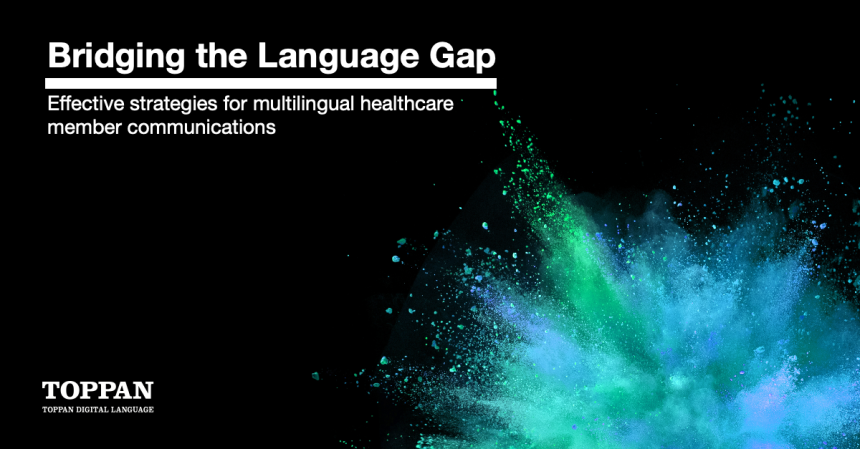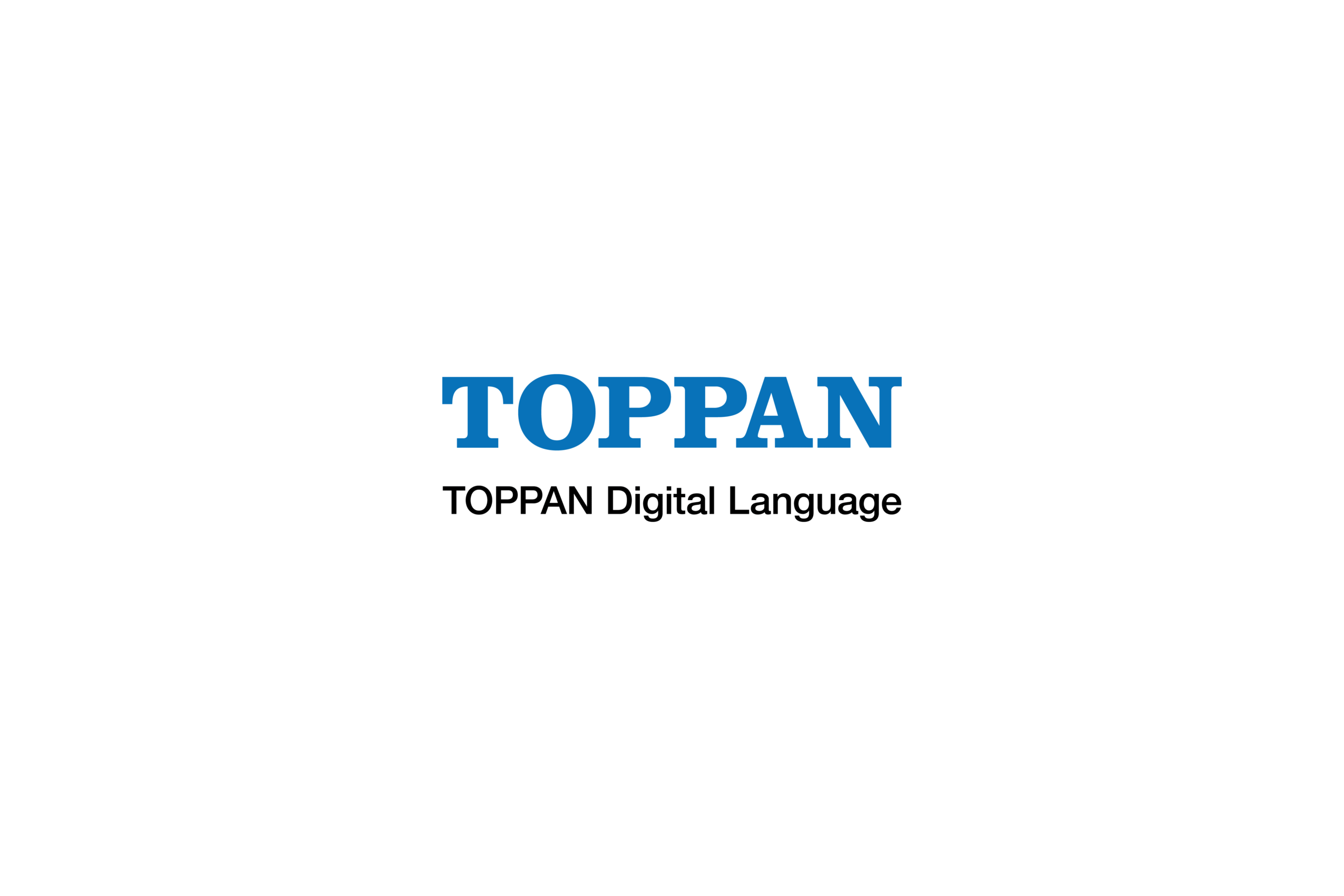In summary: How to improve member communications for multilingual individuals.
Multilingual resources: Offer multilingual resources to provide essential information in various languages including accessibility solutions.
Culturally sensitive support: Embrace culturally sensitive support to better understand patients’ unique needs.
Language accessibility technology: Utilize technology for enhanced language accessibility in care delivery.
Effective communication is the cornerstone of patient-centered healthcare. Ensuring that individuals receive the necessary information and support to make informed decisions about their care requires a proactive approach from healthcare providers and insurers. Both must work together to create an inclusive environment catering to their patients’ diverse linguistic and cultural needs.
But with a growing number of Limited English Proficient (LEP) individuals in the United States (over 25 million), healthcare organizations face the challenge of bridging the language gap to provide equitable services for all.
The comfort of receiving treatment or renewing a health insurance policy can soon turn to frustration if additional documents and communications are not in their native language. This can make multilingual individuals feel uncertain about their coverage, benefits, or treatment.
As language experts that understand the challenges faced by patients and healthcare organizations, we know the importance of effective communication when delivering high-quality, patient-centered care.
So, what are the winning strategies to improve member communications for multilingual individuals?
Offering Multilingual Resources
One of the primary ways healthcare providers and insurers can improve communication with LEP individuals is to provide essential healthcare information in multiple languages. This includes the translation and adaptation of resources like:
- Explanation of benefits (EOB) documents: Ensuring that EOBs are available in multiple languages helps LEP patients understand their coverage, out-of-pocket expenses, and billing details, which is crucial for their financial planning and healthcare decision-making.
- Health and wellness brochures: Information on preventive care, chronic disease management, and mental health services can be made available in different languages to cater to the diverse linguistic and cultural needs of multilingual patients.
- Health insurance plan comparisons: By providing plan comparison materials in various languages, insurers can help LEP individuals make informed decisions when choosing a suitable insurance plan that meets their specific needs and preferences – especially during the annual enrolment period.
- Multilingual customer support: Offering customer support in multiple languages via telephone or online chat can help LEP individuals navigate their insurance options, address billing concerns, or ask questions about their coverage more effectively.
- Appointment scheduling and reminder materials: By providing appointment scheduling instructions, confirmation letters, and reminders in multiple languages, healthcare organizations can ensure LEP patients are well-informed about their upcoming appointments and any necessary preparations.
- Preventive care and wellness program information: Insurers can encourage multilingual members to participate in wellness programs by providing multilingual resources on the benefits of these programs, such as smoking cessation, weight management, and stress reduction.
To facilitate the translation of these materials, healthcare organizations should work with professional translation services with experience in the healthcare sector to ensure that translations are accurate and culturally appropriate. The involvement of community stakeholders, such as LEP patient advocates, in reviewing and developing these materials can also help ensure their relevance and effectiveness.
Providing Culturally Sensitive Support
In addition to multilingual resources, healthcare organizations can improve member communications by providing culturally sensitive support. This involves understanding diverse populations’ unique cultural beliefs, practices, and preferences and incorporating this knowledge into care delivery.
For example, a healthcare provider may need to consider the role of traditional healers, dietary restrictions, or religious practices when treating LEP patients.
If a healthcare provider treats a diabetic patient from a South Asian background, they must be aware of their dietary habits, which often include carbohydrate-rich foods like rice and bread. By understanding these cultural preferences, the healthcare provider can offer tailored dietary advice, culturally specific fact sheets, or even create a personalized meal plan that respects the patient’s cultural practices while managing their diabetes effectively.
Subtle nuances like this can make the difference between a patient feeling confident in their healthcare provider or insurer or being reluctant to follow their advice, leading to suboptimal health outcomes and reduced patient satisfaction.
Accessibility Solutions
To cater to all members and patients, including those with accessibility needs, it’s crucial to look beyond just linguistic barriers. Accessibility solutions like Braille, large print, and adherence to 508 compliances are key in making health and policy information universally accessible.
Braille translations offer a world of difference for people who are visually impaired, providing them with the tactile means to understand their health policies and treatments. Similarly, large print materials are essential for those with partial sight, making text easier to read and understand.
Moreover, 508 compliance is not just a regulatory requirement but a commitment to inclusivity, ensuring all digital and electronic healthcare information is accessible to everyone, regardless of their physical abilities. By ensuring websites, member portals, and electronic documents comply with these standards, health insurers and organizations can demonstrate their dedication to serving everyone’s needs, ensuring information is accessible in their preferred format.
Technology to Enhance Language Accessibility
In our rapidly advancing technological world, numerous tools and platforms are available to facilitate communication with LEP individuals in healthcare. Some of these technologies include:
Video remote interpreting (VRI)
VRI services enable healthcare providers to connect with a remote interpreter via a video call. This can be especially useful in emergencies where an in-person interpreter is unavailable. VRI services can also be more cost-effective and flexible than traditional on-site interpretation services.
Machine translation and language apps
While not a substitute for professional medical interpretation, machine translation tools and language apps can help facilitate essential communication with LEP patients. Healthcare providers should exercise caution when using these tools, as they may not always provide accurate translations, particularly for complex medical terminology. However, if you’re partnered with a reputable LSP, you can leverage their expertise to verify the accuracy of translations, such as post-editing, and ensure that these tools are used effectively as a complementary resource.
Telehealth platforms with built-in language support
As telehealth continues to grow, many platforms offer built-in language support, enabling LEP patients to communicate with their healthcare providers more easily. These features may include real-time translation, multilingual patient portals, and the ability to schedule appointments with providers who speak the patient’s preferred language.
Bridging the language gap in healthcare is a critical step toward ensuring equitable care for all patients, including those with limited English proficiency. By offering multilingual resources, providing culturally sensitive support, and utilizing technology to enhance language accessibility, healthcare organizations can improve member communications and, ultimately, the quality of care provided to LEP individuals.
And as language experts that provide translation, interpreting, and post-edited machine translation, our objective is to enable healthcare and insurance organizations with linguistic solutions to overcome these barriers, ensuring that LEP individuals have access to the healthcare they deserve.
By implementing these strategies, along with developing and maintaining an effective Language Access Plan, healthcare providers, and insurance companies can enhance their compliance with federal and state regulations and foster a more inclusive and equitable healthcare environment. This will ultimately lead to better patient outcomes, increased patient satisfaction, and a healthier community for all.

